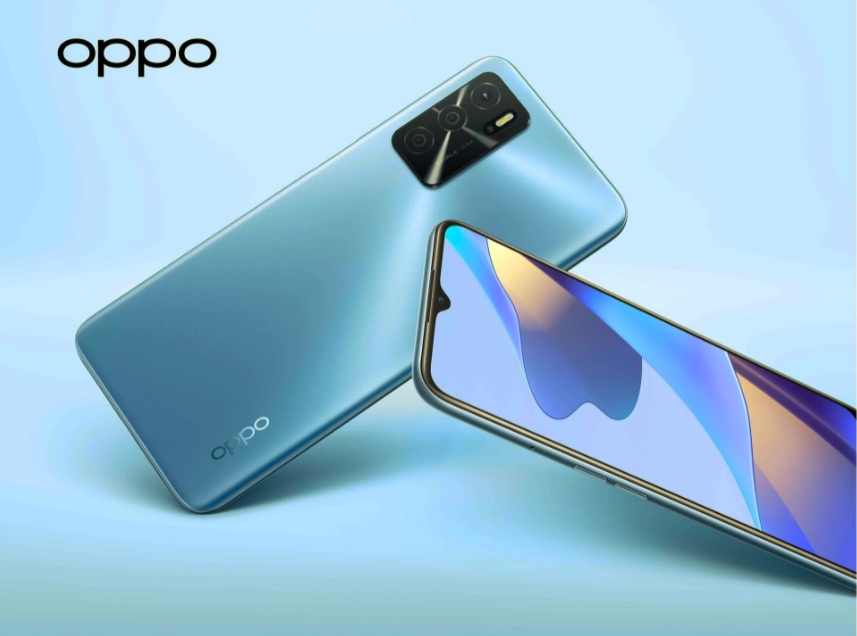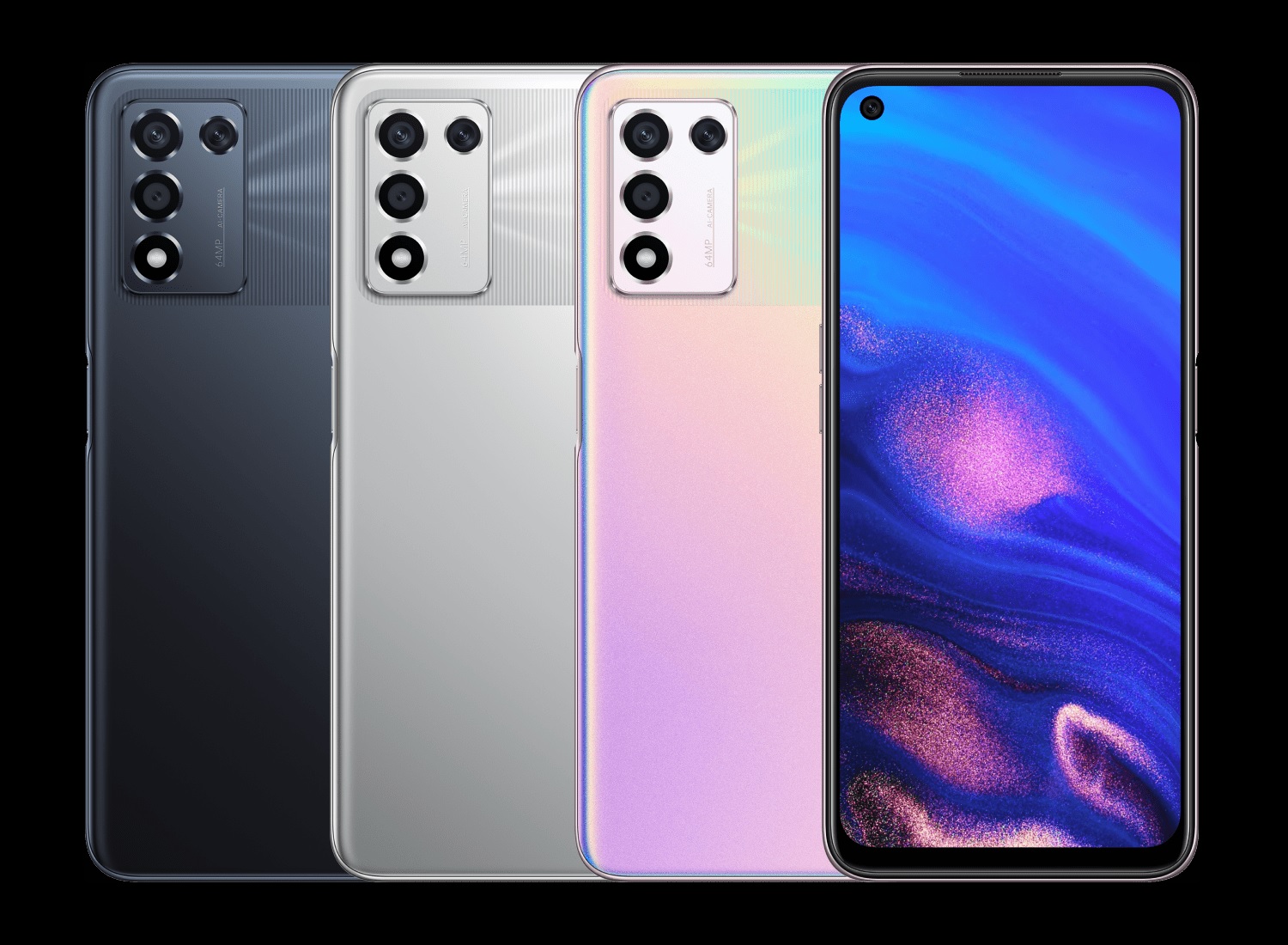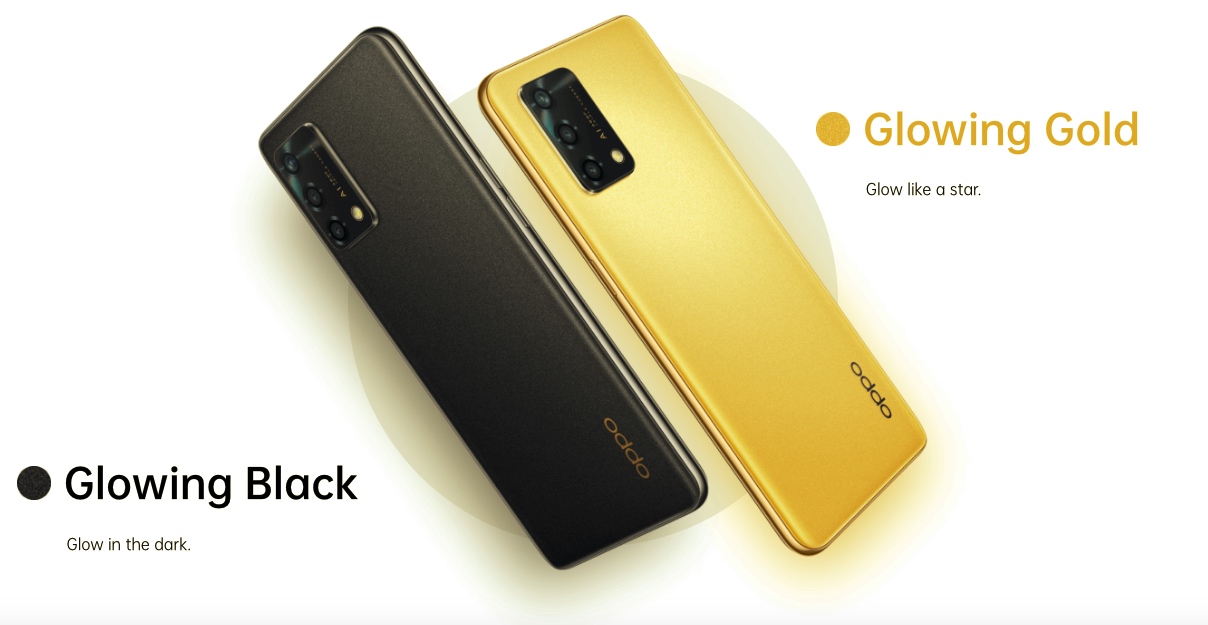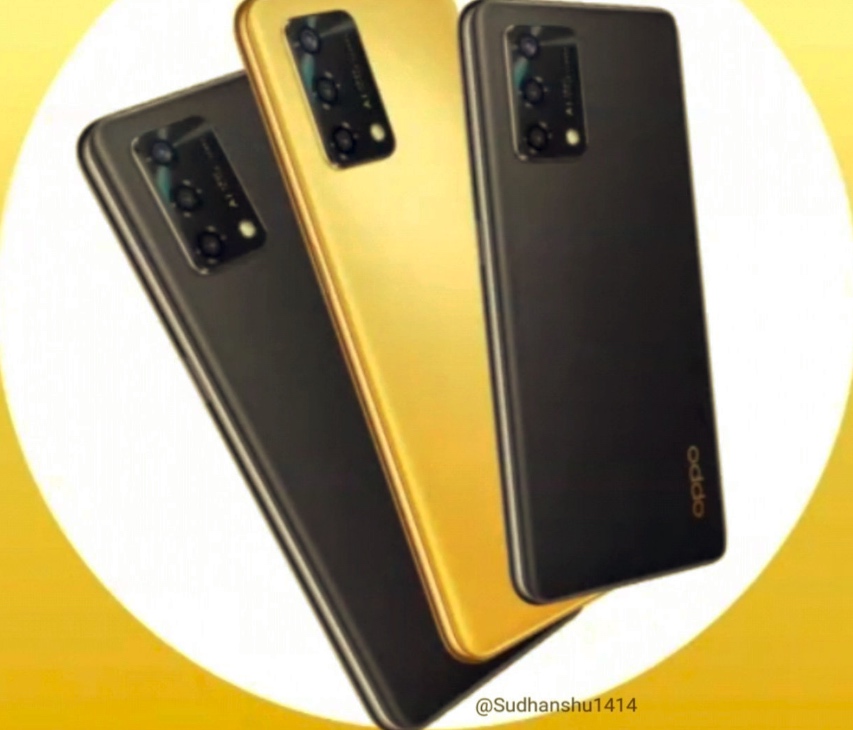
At its ongoing Inno Day event, Oppo has pulled the wraps off the Air Glass, an augmented reality (AR) device poised to go on sale early next year. However, the wearable is marketed as an “assisted reality” product. Here’s a look at what that means.
In Oppo’s dictionary, an assisted reality device works like the not-so-popular Google Glass. It projects 2D information into your field of view instead of 3D objects like AR glasses. You can think of it like a head-mounted HUD.
Oppo suggests the Air Glass be used to view notifications, navigation directions, teleprompting, and even real-time translations.
Technical Specifications
The Oppo Air Glass is powered by a Qualcomm Snapdragon 4100 chip that extracts around 3 hours of use time or 40 hours of standby from the onboard battery. The device weighs approximately 30 grams (1 oz) in its entirety, making it remarkably light.
It features a waveguide grayscale display outfitted with a tiny projector reliant on microLED technology. The display can reach a peak brightness of 3 million nits, although Oppo has capped the device to 1,400 nits in the better interest of your eyes, given the Air Glass’ proximity to them. Interestingly, the display is capable of 16 or 256 levels of grayscale depending on the mode it is in.
Software Experience and Physical Design
On the design front, Oppo Air Glass comes in two frame variations — a silver half-frame and a black full-frame. The frame can magnetically attach to conventional eyewear too.
The Oppo Air Glass can be controlled using voice commands, touch, hand gestures, and head tracking. The wearer can also use a Smart Glass companion app designed for smartphones running ColorOS 11 or newer versions.
Where Can I Buy One?
The Oppo Air Glass is a niche product, and Oppo knows it. The company is aiming for a “limited release” in Q1 2022. For starters, it will only be sold in mainland China.
What do you think of Oppo’s Air Glass? Tell us in the comments below!
[Via The Verge]



















